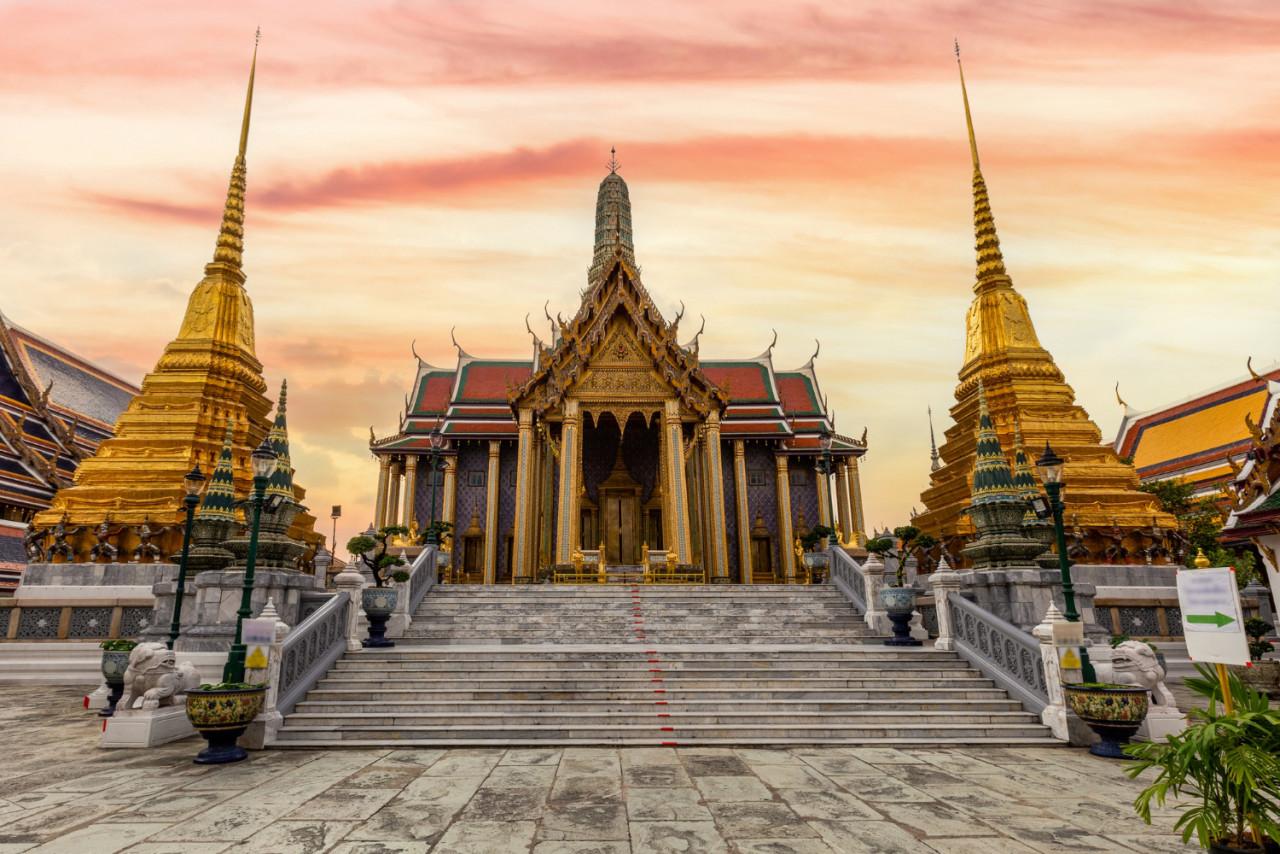
Here are all our tips for visiting Bangkok's Grand Royal Palace!
Opening hours and prices
The complex is open daily from 8.30am. Beware of the times, however: it closes very early in the afternoon, at 15:30. Given the size of the complex and the many things to see make sure you get to the entrance by opening time and have most of the morning available. A single ticket is required to enter at a cost of THB 500.00 (€13.30).
Hours: daily 8.30am-3.30pm;
Best time to avoid queues: at opening time;
Ticket price: THB 500.00 (€13.30).
Combined guided tour: The palace is very extensive and the visit takes quite some time. So join a private tour with a guide who will take you on a discovery of this incredible place. The visit is combined with that of the city's two main temples, Wat Pho and Wat Arun.
Online tickets and guided tours
What to see and how to visit the Grand Royal Palace
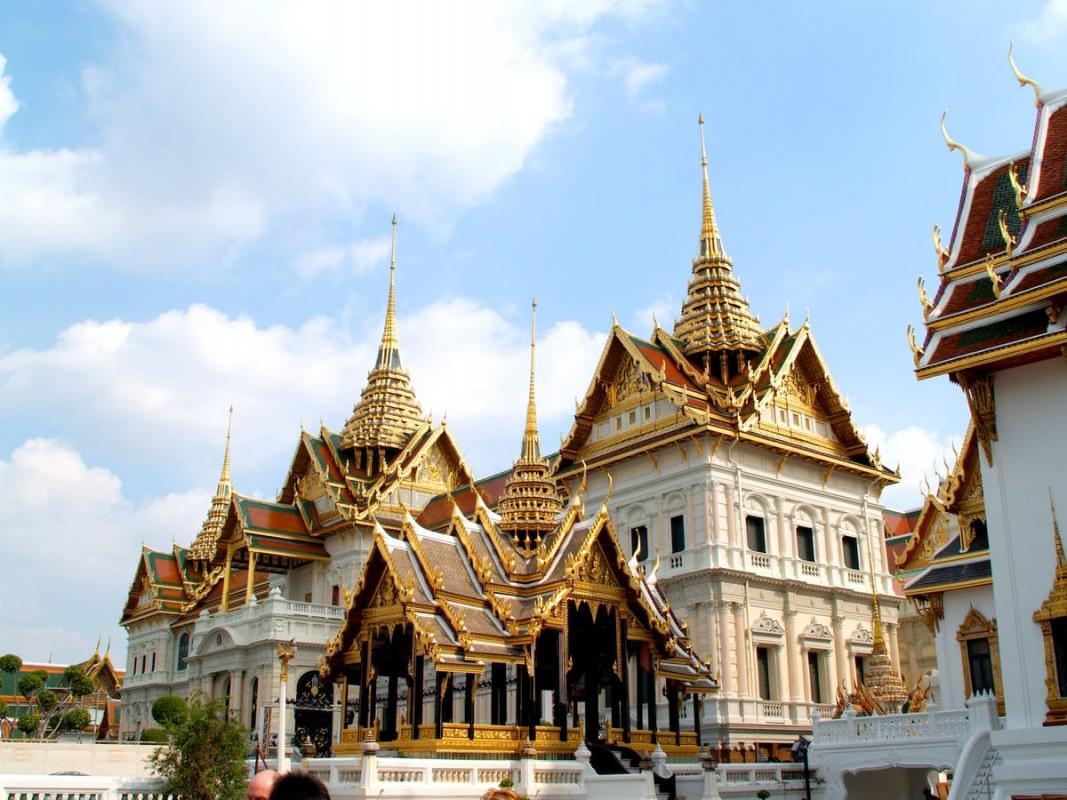
As mentioned, the Grand Palace is actually a complex of over 100 buildings including palaces and pavilions. It is surrounded by a wall as long as 1.9 km and within it you can identify several areas. Certainly, one of the areas not to be missed is Wat Phra Keaw, a temple comprising several buildings and housing the statue of the Emerald Buddha. The complex is also home to a number of museums (we recommend visiting the Queen Sirikit Museum of Textiles, among others).
Let's take a detailed look at the must-see attractions inside the Royal Palace.
Wat Phra Kaew and Emerald Buddha
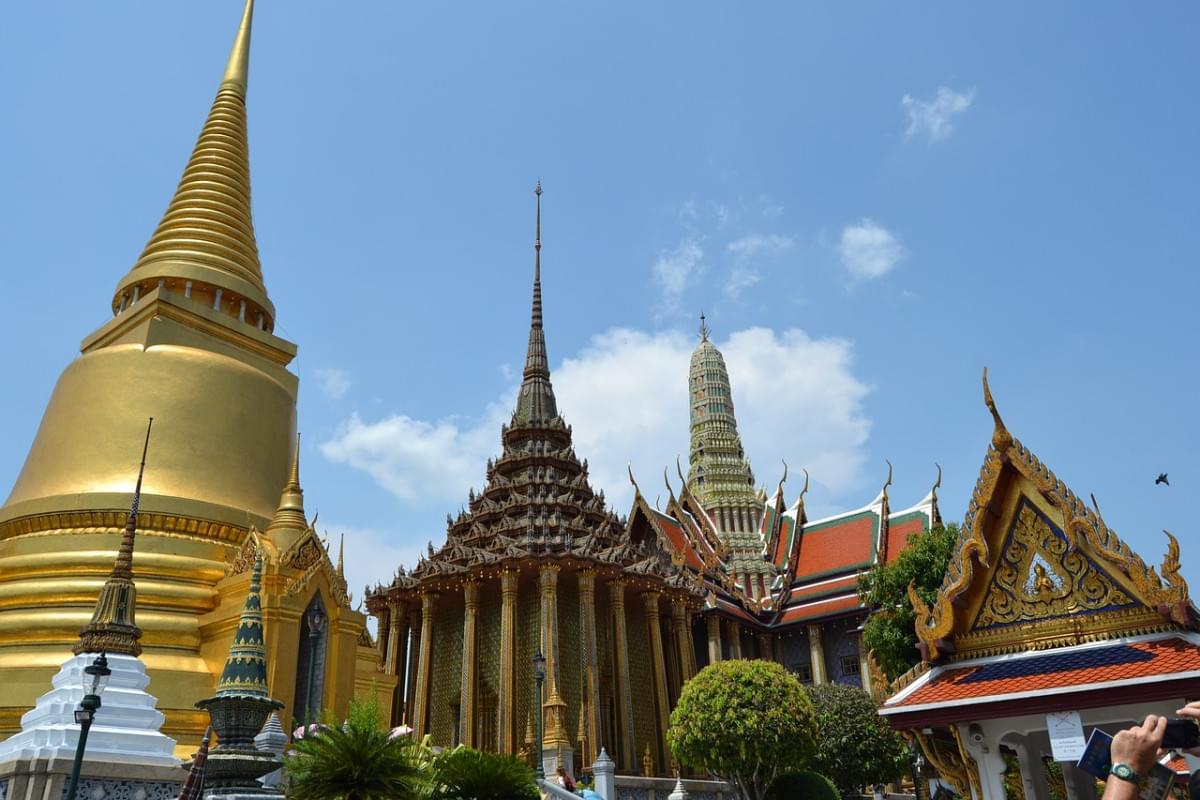
Wat Phra Kaew is famous for housing the statue of the Emerald Buddha, a statue that used to be at Wat Arun, the Temple of Dawn located on the opposite bank of the river. It is a particularly impressive place, both for its religious importance and for its unique architecture: many golden pagodas with orange roofs and statues covered in shimmering multi-coloured glass, all surrounded by beautiful gardens.
The Royal Pantheon (Prasat Phra Dhepbidorn)
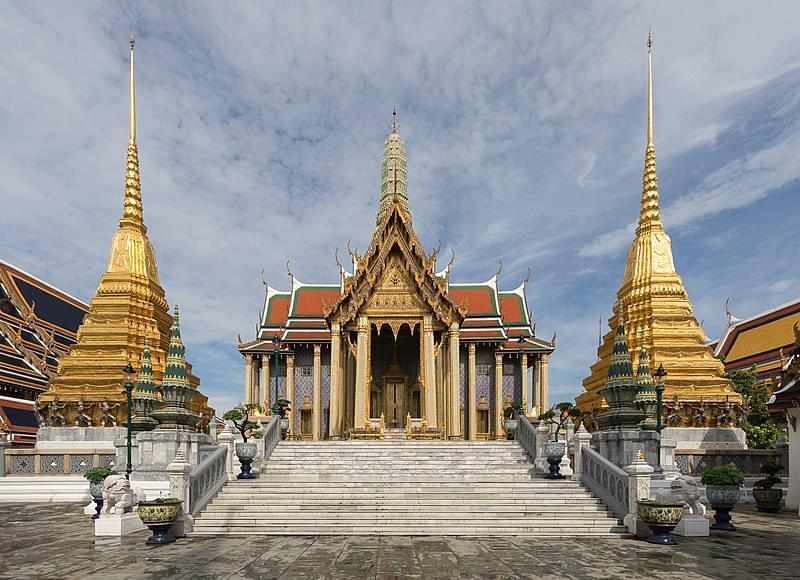
The building is an interesting mix of Thai and Khmer styles and today, at the behest of King Rama VI, statues of Thailand's kings are housed inside. Hence the name Royal Pantheon.
Chakri Maha Prasat Hall
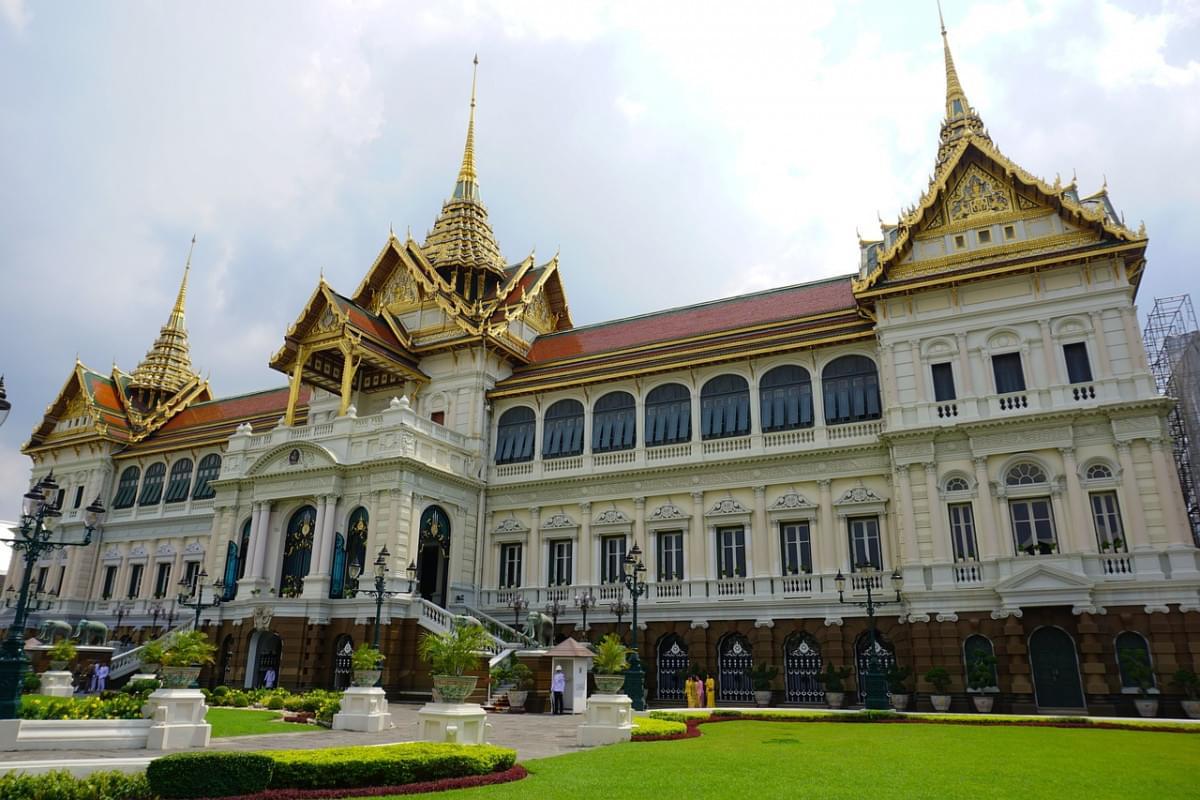
This palace was the royal residence only during the reign of Rama V. Later, it was mainly used to receive ambassadors and other events, while today it is used for state banquets. Today, the palace can be visited inside and, besides the halls, you can also visit the Ancient WeaponMuseum on the first floor.
Dusit Maha Prasat Hall
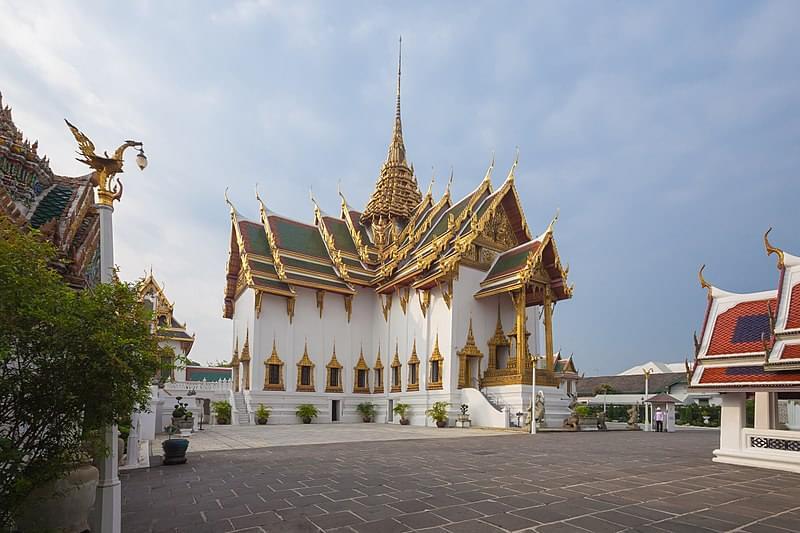
This building is the resting place for kings, queens and members of the royal family. Rama I built it as a personal resting place, but it became the sanctuary for all rulers. Nowadays, it is also used as a place for the annual Consecration Day ceremony.
Queen Sirikit Museum of Textiles
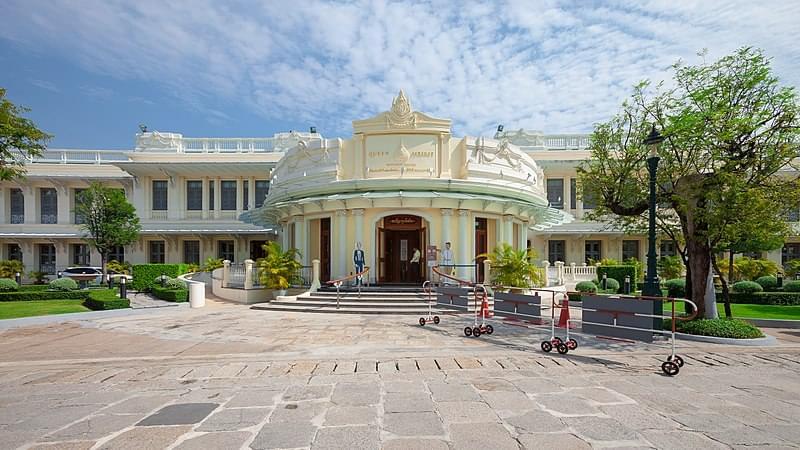
Inside the Queen Sirikit Museum of Textiles is a place that will take you on a journey of discovery of Thailand's wonderful textiles and their long history. Amongst the rooms of the museum, you can admire colourful dresses, silk dresses, wonderful carpets and much more! Not to be missed if you love this kind of exhibition or if you are a fashion lover: here you can discover the evolution of Asian textiles.
Where is it located and how to get there
Onfoot: Na Phra Lan Rd, Phra Borom Maha Ratchawang. Within walking distance of Wat Pho (700 m, 9 min) and National Museum Bangkok (1.3 km, 15 min) - Get directions;
By bus: reference stops Ministry Of Defense, served by bus lines 6, 9 AC, 32 and 82, and Opposite Ratcha Woradit Pier, served by bus lines 1 mini, 32, 44 NGV, 47, 53 and 82;
By underground: Sanam Chai Reference Station, served by the MRT Blue Line underground, close to Wat Pho. 1.2 km from the Royal Palace (15 min walk).
Useful tips for visiting the attraction
Getup early: ideally you should reach the entrance by 8.30am. This way you can avoid the crowds of tourists and have enough time to visit the complex;
Guided tour: join a guided tour that includes a visit to the Royal Palace, Wat Pho and Wat Arun, three of Bangkok's main attractions;
Dress code: no tank tops, short t-shirts, sweaters or semi-transparent clothing, short or above-the-knee shorts, tight or torn trousers, short or above-the-knee skirts, cycling shorts;
Watch out for restrictions: no food is allowed. Flash photography is prohibited in some areas, always check the signs. In some areas you will have to remove your shoes for the visit;
Map: If you are short on time, we recommend you consult the map in advance to find out where the main attractions are located in the complex. Download the map here;
Minimumtime: we recommend a minimum of 2 hours for the visit. Ideally, you should be able to dedicate the entire morning.
History and interesting facts: what to know in brief
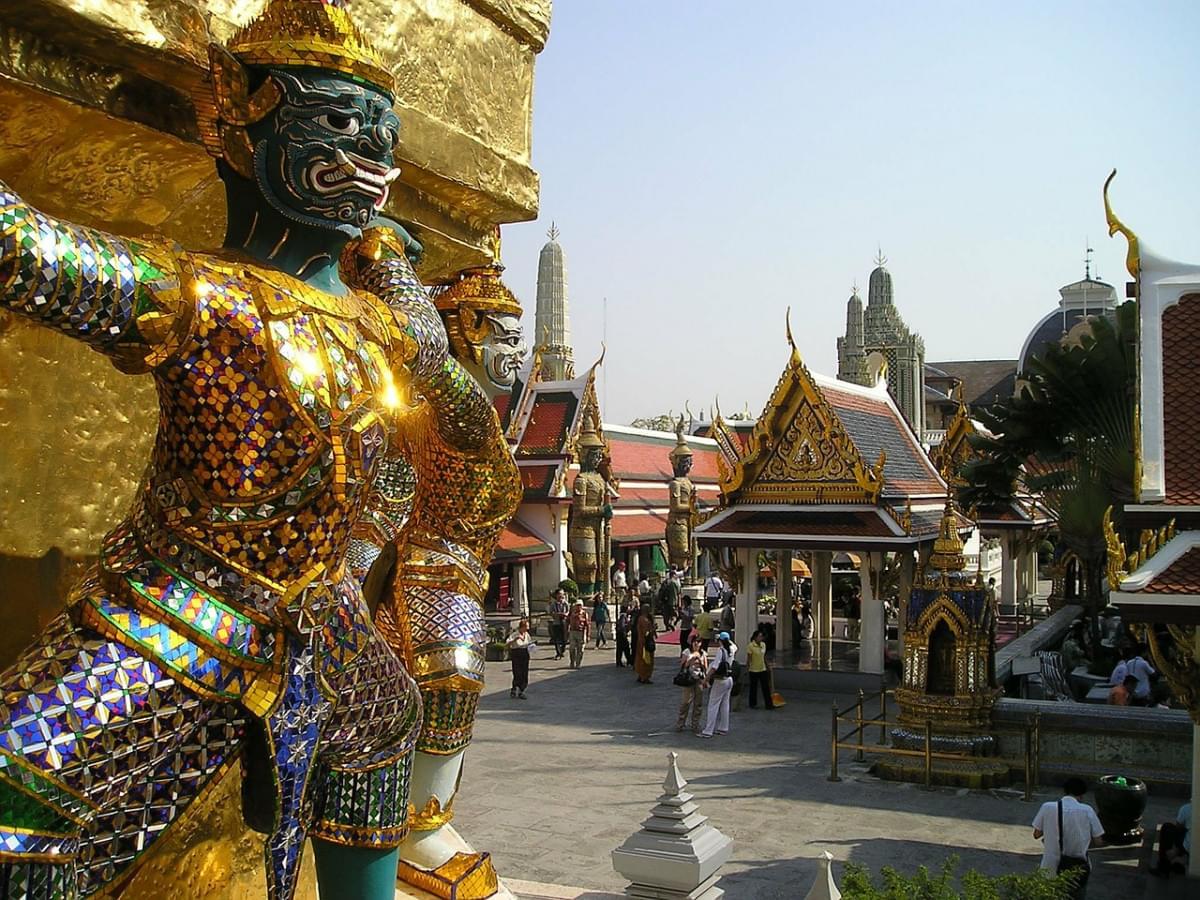
Kings Rama V, Rama VI and Rama VII did not stay inside the Royal Palace, but chose different residences. After several decades, it was Rama VIII who resided in the palace again, in 1945, but in the following year he died under mysterious circumstances, leading his brother, now King Rama IX, to opt for another palace. Today, the palace is mainly used for royal ceremonies, including weddings, funerals and state banquets, and houses the offices of the royal family.
SEE ALSO: What to know on a trip to Thailand
Related articles
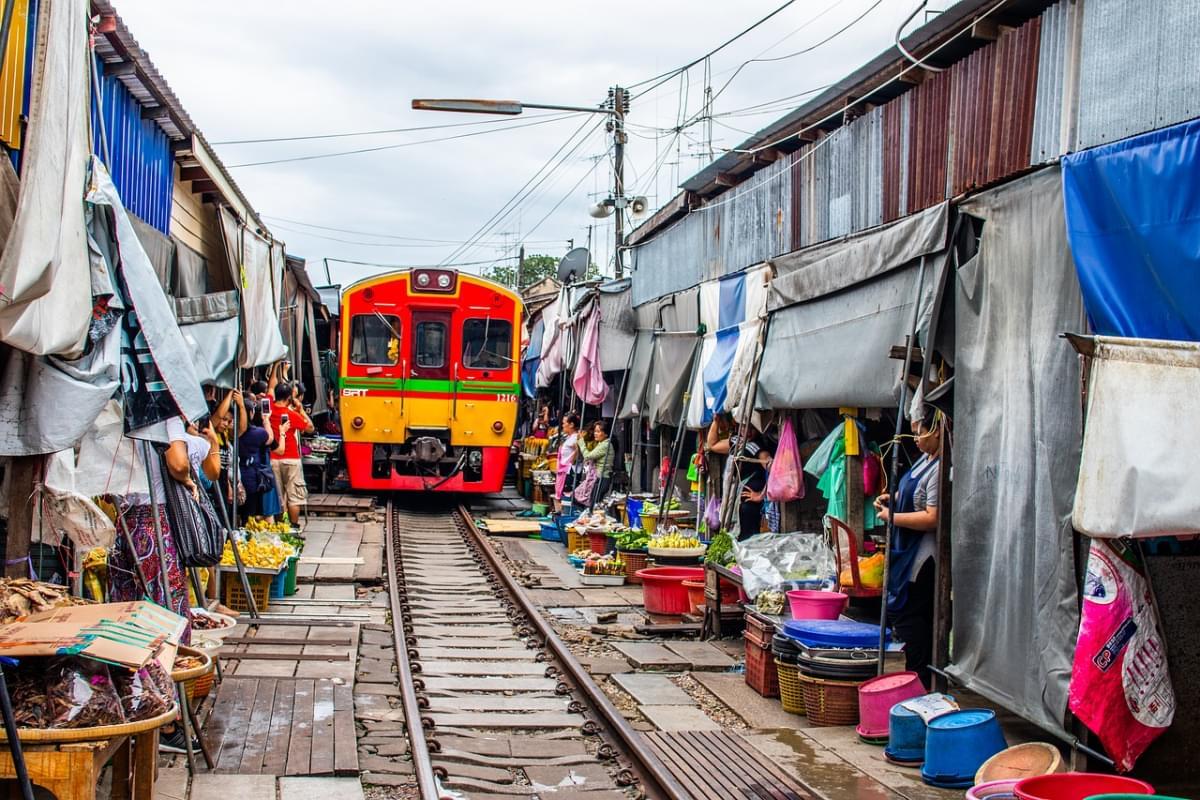
Excursions from Bangkok: the best day trips around Bangkok
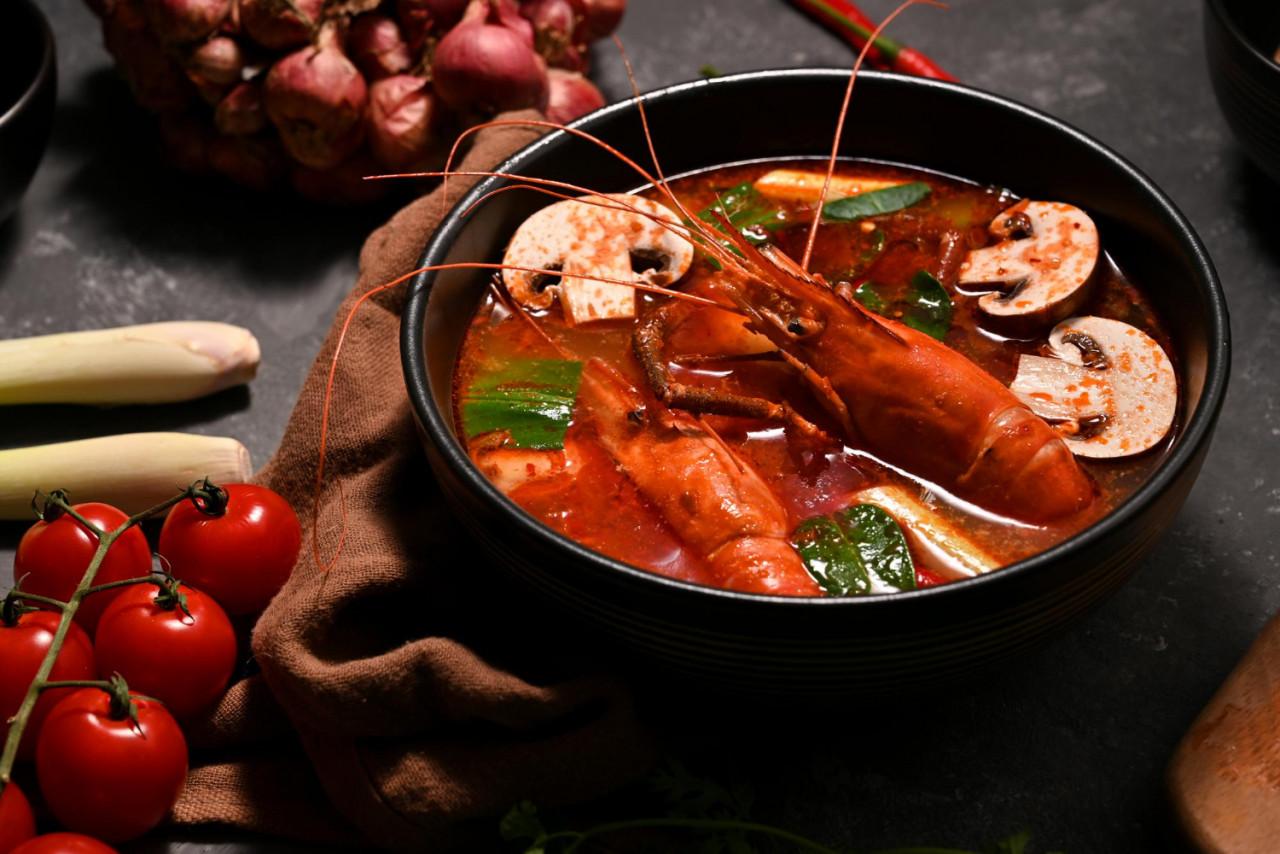
10 Things to eat in Bangkok and where
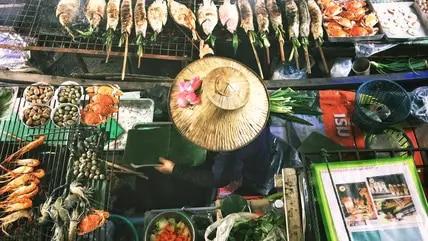
Insider reveals Bangkok's street food hotspots
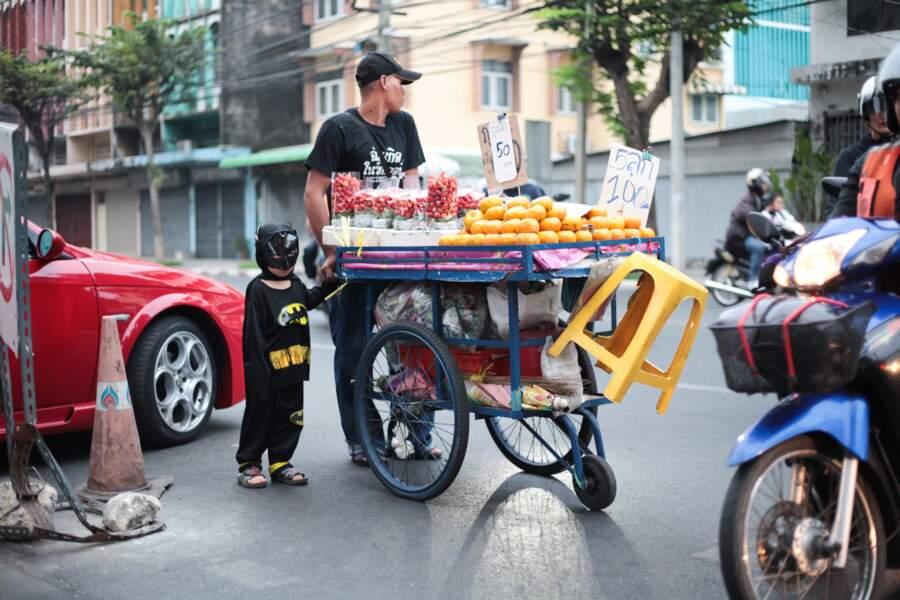
Getting lost in the streets of Bangkok
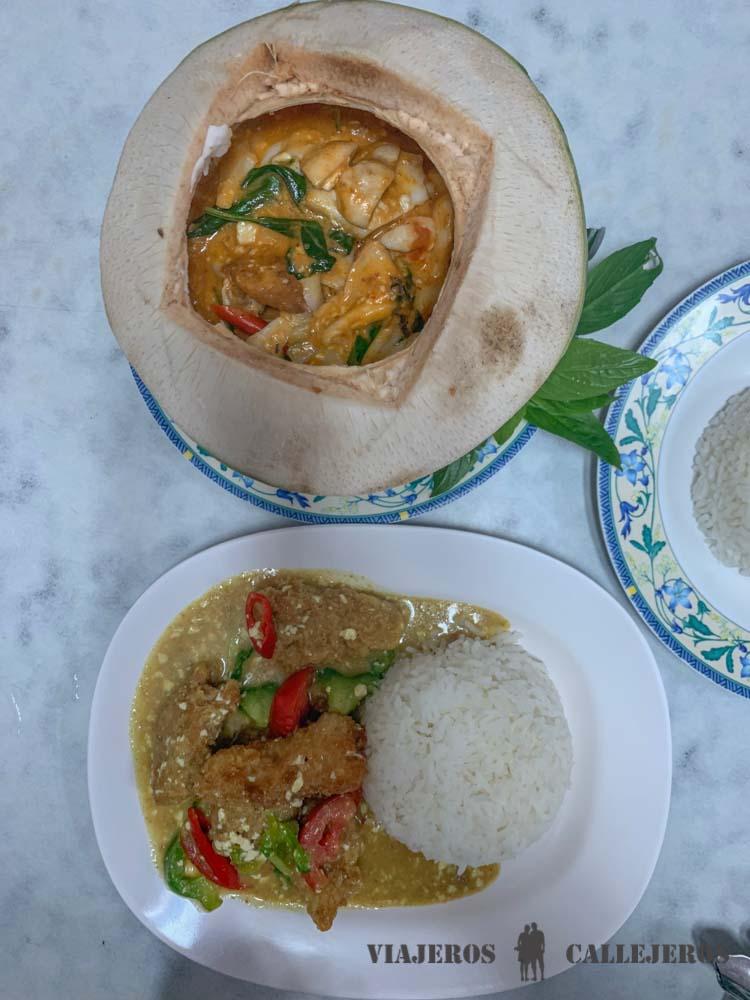
10 restaurants where to eat well in Bangkok
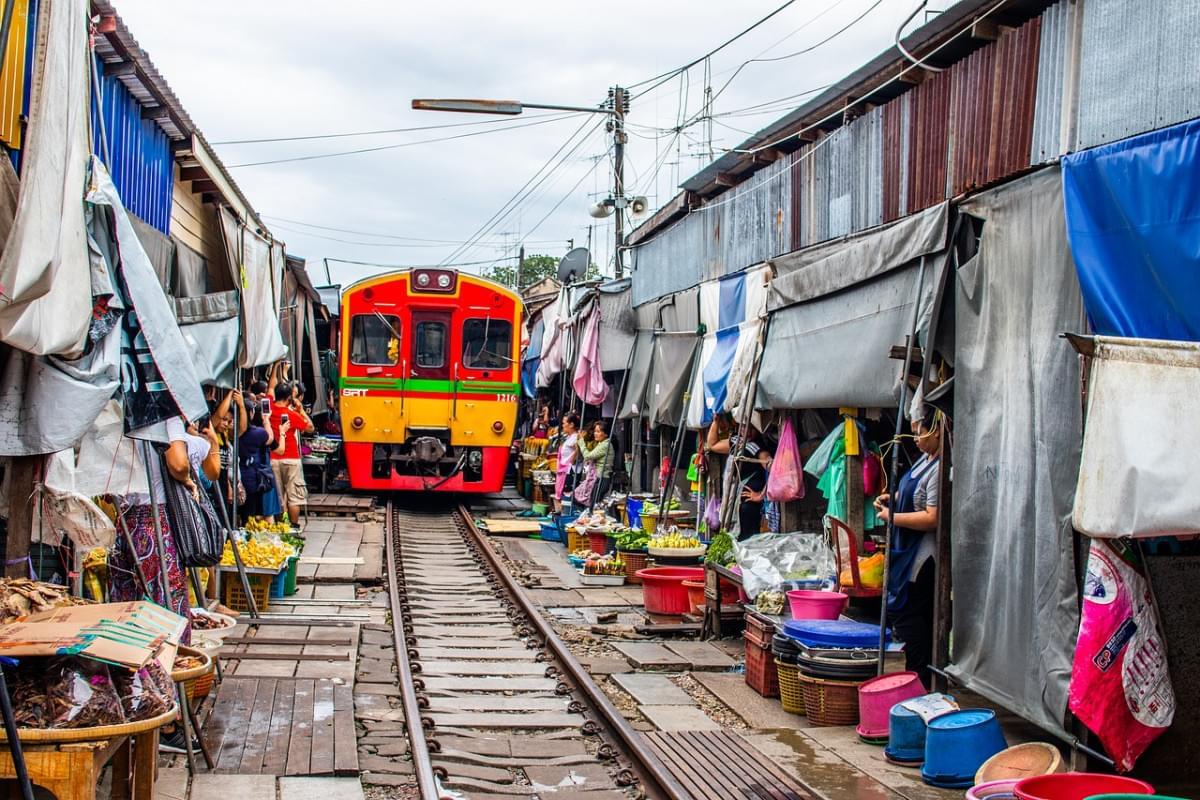
Visiting Maeklong Railway Market, Bangkok: Getting there, prices and tips
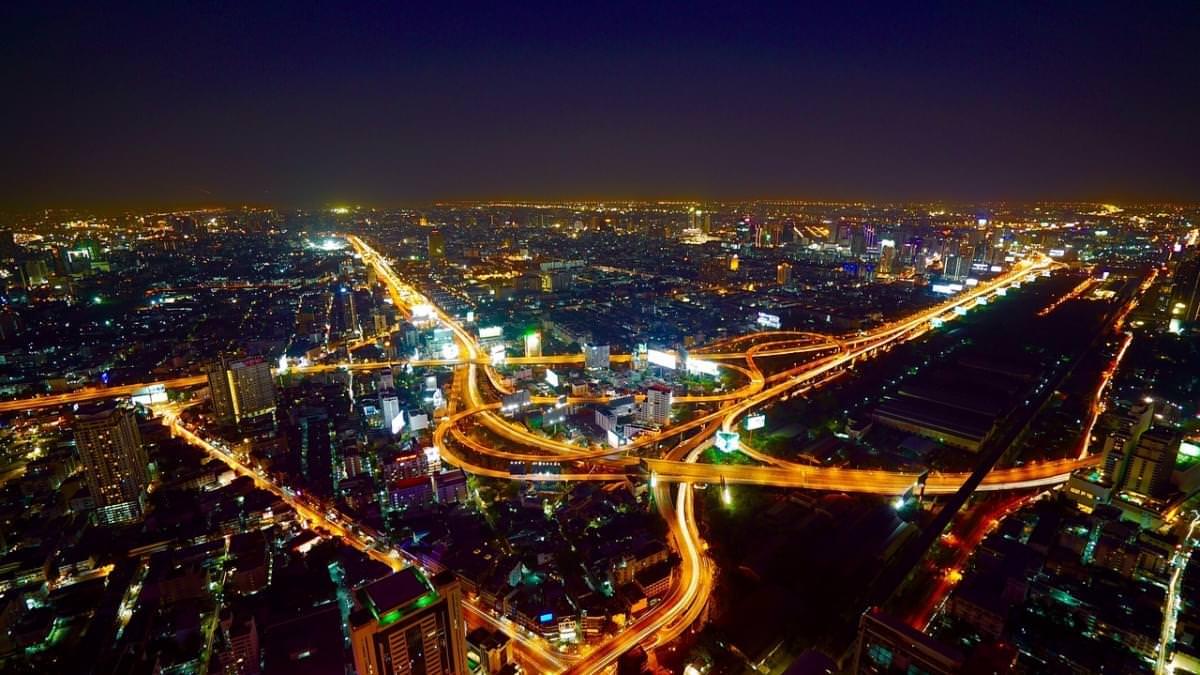
What to know for a Trip to Thailand
Travelogue Thailand - Round Trip Highlights & Tips